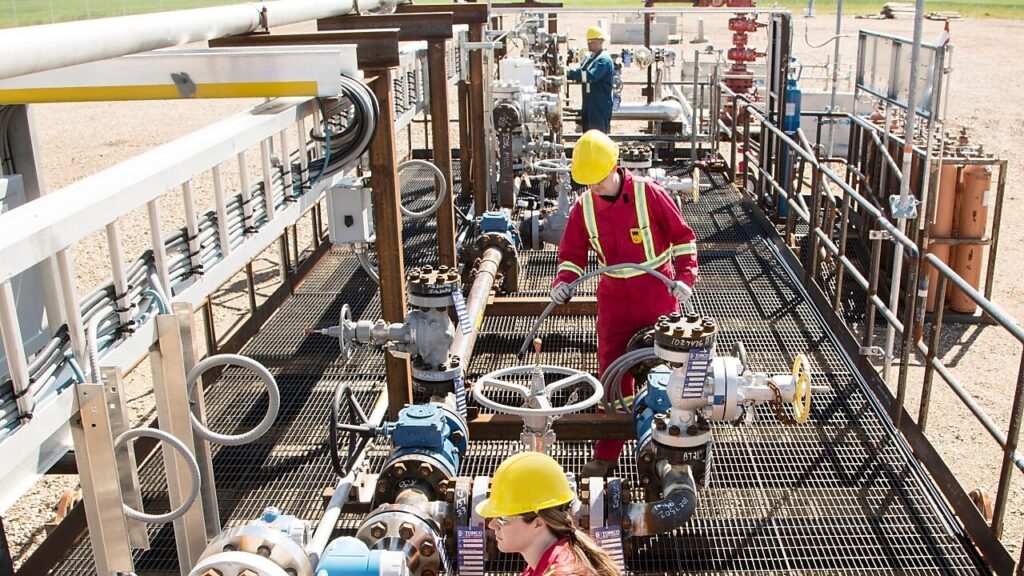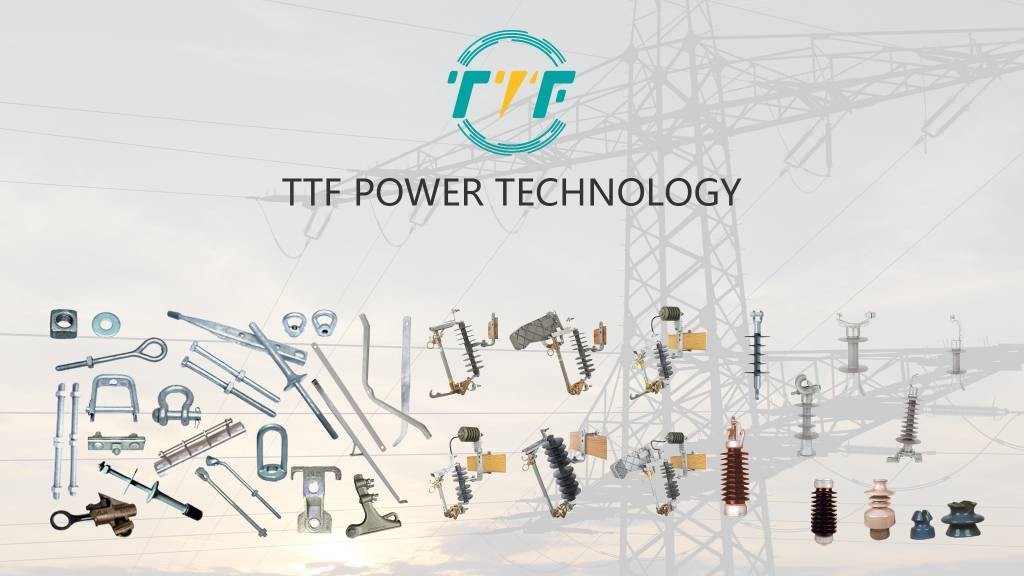
Carbon capture and utilization (CCU) is a strategic pillar in Argentina’s efforts to transition toward a cleaner and more sustainable energy future. Due to the continued investments in Vaca Muerta, Argentina is under pressure to reduce its carbon footprint in accordance with climate goals. Carbon capture and utilization allows the country to decarbonize without deindustrializing. CCU technologies capture carbon dioxide emissions from industrial and energy sources and convert them into useful products. This reduces the amount of CO₂ released into the atmosphere. The carbon captured is purified and compressed into a dense, transportable form. This process prepares it for either pipeline transport or on-site utilization. CCU technologies aid in lowering greenhouse gas emissions in sectors like cement, steel, and natural gas. Shackle insulators support electrical infrastructure in challenging environments like industrial zones and gas fields.
Shackle insulators play a crucial role in carbon capture and utilization infrastructure. They ensure the safe and reliable operation of electrical systems powering CCU modules. The insulators serve in power distribution lines supplying electricity to CO2 capture plants, compression units, and monitoring systems. They also enable the expansion of wind and solar energy. Shackle insulators function in distribution lines connecting renewable energy to electrified CCU systems. Additionally, they help maintain a stable power supply from hybrid solar and gas microgrids. This makes them essential for maintaining electrical reliability in CCU infrastructure supporting Argentina’s decarbonization efforts.
Functions of shackle insulators in CCU technologies
Shackle insulators are mechanical devices used to secure and electrically insulate low-to-medium voltage lines. They mostly function in overhead lines, industrial electrical setups, and outdoor environments. Shackle insulators are enablers of the electrical infrastructure supporting CCU systems in Argentina. They ensure the carbon capture units operate safely, reliably, and efficiently. Here are the roles of shackle insulators in CCU technologies for decarbonization.

- Ensuring safe power supply to CCU units—CCU modules need a constant and stable power supply to operate compressors, fans, cooling systems, and CO₂ conversion units. Shackle insulators help isolate electrical circuits safely, protect wiring from grounding, and support mounting in tight spaces.
- Protection in harsh industrial conditions—Argentina’s CCU operations are mostly in oil and gas fields. The insulators maintain performance by securing electrical components under mechanical and environmental stress.
- Enabling modular and distributed CCU design—shackle insulators enable flexible mounting and electrical distribution in containerized systems. They also enable efficient connection of monitoring systems, control panels, and electric motors.
- Preventing electrical failures—shackle insulators reduce electrical faults, short circuits, and power loss. They support long-term durability in remote or hard-to-maintain sites.
- Supporting renewable-powered CCU—shackle insulators function in distribution lines connecting renewable energy to electrified CCU systems.
- Electrical safety in CCU facilities—shackle insulators power distribution lines supplying electricity to CO₂ capture plants, compression units, and monitoring systems. They prevent short circuits and electrical leakage to ensure uninterrupted operation of CCU facilities.
Key barriers to the development of carbon capture and utilization tech
Argentina has great potential for carbon capture and utilization as part of the energy transition goals. It, however, faces various challenges like technical, economic, and regulatory barriers that may limit its large-scale deployment. Argentina should put in place strategic investments and regulatory reforms to address these challenges. The following are the challenges facing the development of CCU tech for decarbonization goals.

- Lack of clear regulatory frameworks—Argentina lacks comprehensive policies or incentives tailored to CCU development. There is limited guidance on CO₂ ownership, utilization protocols, and emissions accounting. This makes it difficult for companies to invest confidently.
- Limited local expertise—CCU It’s a technically complex field that demands interdisciplinary know-how in chemistry and process engineering. The current research and development lack the funding and infrastructure to support large-scale innovation and deployment of CCU technologies.
- Infrastructure gaps—infrastructure like CO₂ pipelines, compression hubs, and modular capture units is mostly underdeveloped. Many emission-heavy facilities in the country are in remote areas, which makes transportation and integration difficult.
- Fossil fuel dependency—Argentina heavily depends on fossil fuel production and export from the Vaca Muerta shale formation. This creates a strategic dilemma in balancing fossil fuel expansion with decarbonization.
- Energy intensity of CC processes—CCU operations and carbon capture conversion are energy-intensive. The electricity grid still depends on natural gas, which raises concerns that CCU could increase emissions if powered by fossil fuel-based energy.
